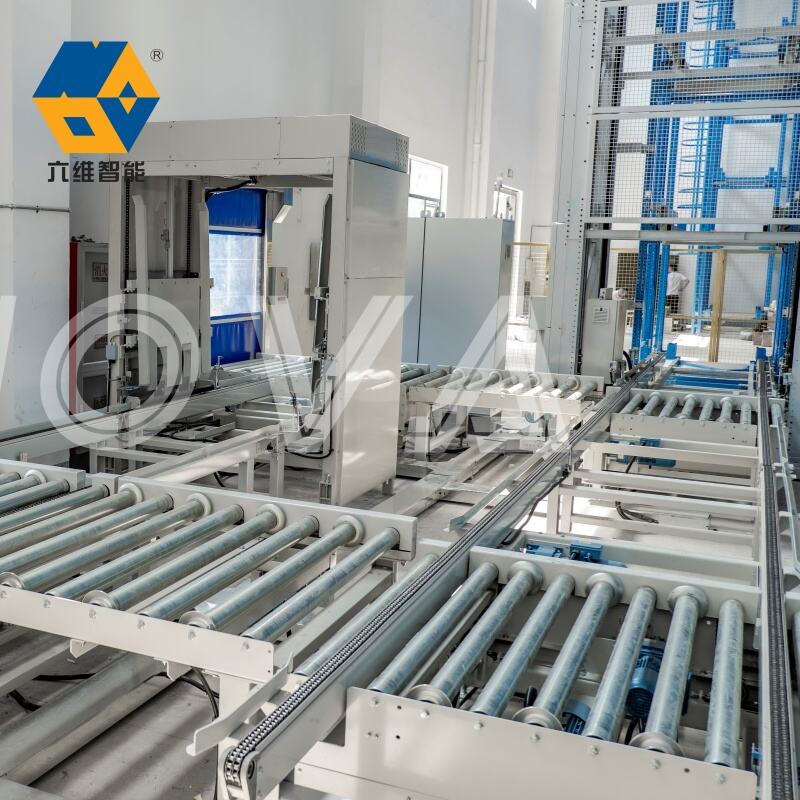warehouse pallet rack design
Warehouse pallet rack design represents a crucial element in modern storage solutions, combining efficiency with structural integrity to maximize vertical space utilization. These systems consist of carefully engineered uprights, beams, and connectors that work together to create stable storage frameworks capable of supporting significant weight loads. The design incorporates precise measurements and calculations to ensure optimal space usage while maintaining safety standards. Modern pallet rack designs feature adjustable components that allow for flexible configuration based on changing storage needs. The system typically includes horizontal beams that support pallets across their length, vertical frames that provide structural support, and safety locks that prevent accidental dislodging of components. Advanced designs now incorporate specialized coatings for corrosion resistance and high visibility colors for enhanced safety. The engineering considers factors such as seismic activity, load capacity requirements, and accessibility needs. These racks can be configured in various arrangements, including single-deep, double-deep, drive-in, and push-back systems, each serving specific warehousing needs. The design also accounts for forklift operation spaces, allowing for efficient loading and unloading procedures while maintaining structural integrity.
